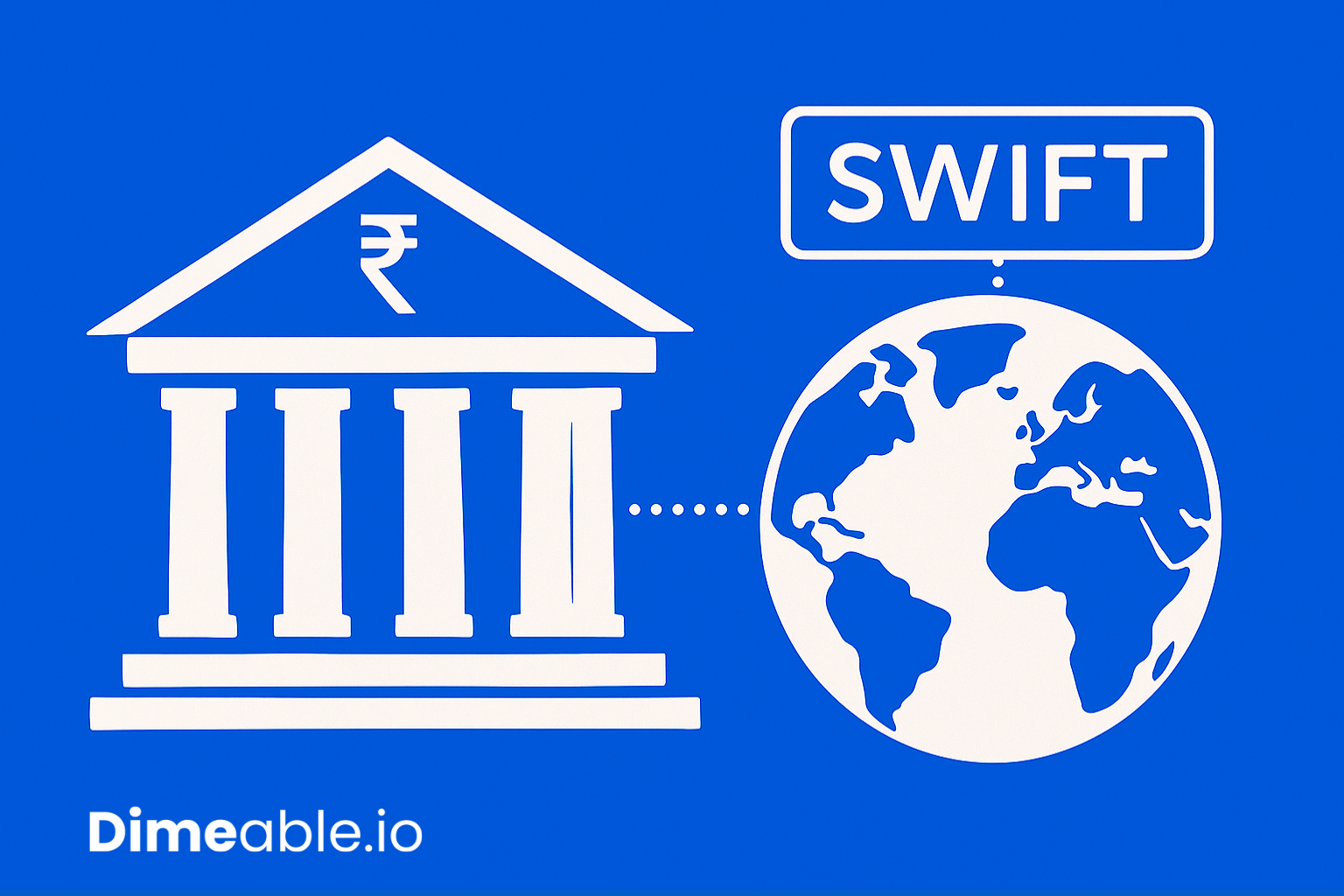Sending money abroad feels a lot like international travel — you need the right documents, IDs, and yes, codes. And if you’ve ever wired money across borders, chances are you’ve come across the term SWIFT code and thought, “What even is this thing?”
Well, consider it the passport number of your bank — globally recognized, precise, and critical for moving money across countries.
Let’s demystify the SWIFT code, step by step.
What Is SWIFT Code?
SWIFT code, also known as a BIC (Bank Identifier Code), is a standardized international code used to identify banks and financial institutions worldwide. It’s governed by the SWIFT network — short for Society for Worldwide Interbank Financial Telecommunication — which facilitates secure and fast communication between banks.
So essentially, a SWIFT code ensures that your money reaches the right bank in the right country, even if it’s halfway across the globe.
Think of it as the email address of your bank — except, instead of sending GIFs, you’re wiring funds.
Structure of a SWIFT Code
A typical SWIFT code is 8 or 11 characters long, broken down like this:
Example: HDFCINBBXXX
| Segment | Meaning |
|---|---|
| HDFC | Bank code (first 4 letters) |
| IN | Country code (2 letters for India) |
| BB | Location code (2 letters/digits) |
| XXX | Optional branch code (3 characters) |
So, HDFCINBBXXX would refer to HDFC Bank’s head office in India.
How SWIFT Code Works: The Global Transfer Journey
Imagine you’re sending money from Mumbai to your friend in Paris.
-
You initiate a wire transfer from your Indian bank account.
-
You enter the recipient’s bank account number + SWIFT code.
-
Your bank connects to the recipient bank via the SWIFT network.
-
Message sent: “Hey, this amount is coming for this person — process it.”
-
Recipient’s bank receives and credits the funds (often using intermediary banks in between).
No guessing games. No wrong turns. SWIFT code ensures point-to-point accuracy.
Why SWIFT Is Still the Gold Standard
Even with flashy fintechs and crypto alternatives, SWIFT remains the backbone of international wire transfers, trusted by:
-
🌍 Over 11,000 financial institutions
-
💸 Spanning 200+ countries
-
🕊 Sending 42 million+ secure messages daily
Because when it comes to large-scale, interbank money movement — security, speed, and standardization are non-negotiables.
SWIFT Code vs IFSC vs MICR: Know the Difference
Where to Find a SWIFT Code
You can find your bank’s SWIFT code:
-
On your bank’s website
-
On your account statement
-
By calling customer care
-
On international banking portals
But double-check it, especially for international transfers — a single wrong digit could delay or misdirect your money.
Advantages of SWIFT Code
-
Global Reach
Supports payments to and from nearly any country. -
Security
Encrypted, verified messages prevent fraud and errors. -
Efficiency
Streamlines processing via standardized messaging. -
Universally Recognized
Works across all major banks and central banks.
Key Takeaways
-
SWIFT code (or BIC) identifies banks globally during international fund transfers.
-
It’s an 8 to 11-character code that ensures funds reach the right bank.
-
Used across over 200 countries, SWIFT is a secure, fast, and essential system for global banking.
-
Unlike IFSC (used in India) or MICR (used for cheques), SWIFT is all about cross-border communication.
Final Thoughts: The Global Connector in Your Pocket
Next time you wire money overseas, think of the SWIFT code as a trusted international guide. It’s the invisible hand making sure your money travels safely, quickly, and to the right destination.
In a world where money is constantly on the move, SWIFT is the reason it rarely gets lost in translation.

